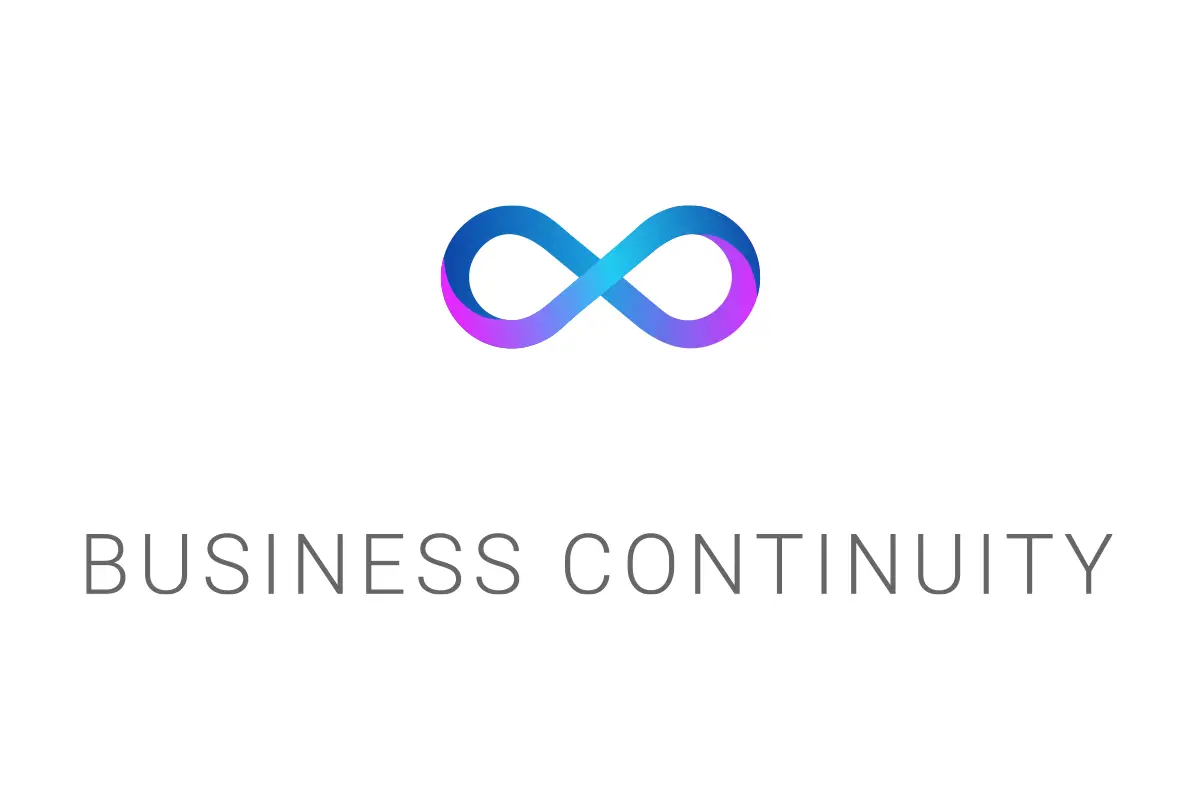1- Versioning
Versioning is the maximum number of versions you want to keep in a backup set.
In the Options tab of a backup set, the versioning is configurable and labelled “Files present in the backup set“.
When a file has been modified since the last backup, the backup agent detects this and will backup this new version.
– if a file is frequently modified, the different versions saved will be stored on the box within the limit of the versioning set.
– when the limit is reached, each time a new version of a file is backed up, the oldest version is deleted from the backup.
– a file that is never modified will only be present in one version in the backup.
To set the number of versions to keep in the backup, there are three possibilities in the Options tab of a backup set :
– Keep all versions : be careful, if files are modified frequently this choice can have a significant impact on the volume of the backup.
– Keep the last “X” versions : allows you to set a maximum number of versions to keep.
– Keep for “X” days : keep as many versions as there have been at backup times in the last “X” days. For example, for a file that is modified every day and backed up by a daily backup set with versioning set to “Keep for 15 days”, 15 versions will be stored on the backup box after 15 days. If this file is no longer modified, 15 days after its last backup, only its last version will be kept.
Note : it is recommended to keep at least two versions of the files in order to prevent corruption or accidental modification. Backing up in block mode makes it possible to store only those blocks that differ from the previous version, thus limiting the cost of versioning in terms of volume.

2- Retention
Retention is the period after which files will be removed from the backup (and outsourcing) as a result of :
– deselecting these files from the backup perimeter.
– removing them from a backed-up machine.
In the Options tab of a backup set, the retention is configurable and labelled “Files deselected from the backup set or deleted from the client computer“.
Three options are available :
– Delete immediately : not recommended, because if a file is deleted from a machine, all the versions backed up will be deleted after the next backup.
– Keep all versions : files (all versions) are never deleted from the backup, which can be problematic and have an impact on the backup volume.
– Keep for ‘X’ days : files (all versions) will be deleted after the defined period.
Possible issues :
– If the delete immediately option has been selected, and files have been deleted and a backup made following their deletion, then these files will no longer be present in the backup and will therefore not be restorable.
– If the keep all versions option has been selected, and large files or many files are deleted from the machine, then these files will remain in the backup for an unlimited period of time and will have an impact on the volume available on the box.
In most cases, it is advisable to choose the Keep for ‘X’ days option and to set a number of days corresponding to the length of time you want restoration to be possible after deletion of a file on a machine, for example 365 days in order to be able to restore one year after deletion, or 1825 days (5 years) as part of the backup of accounting data.





